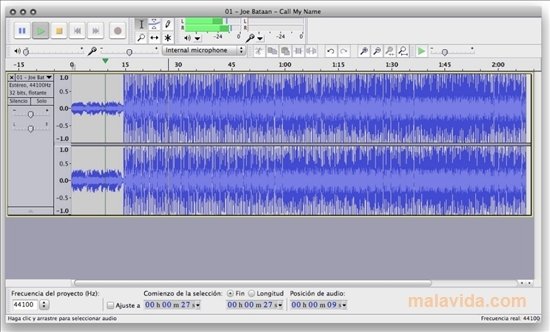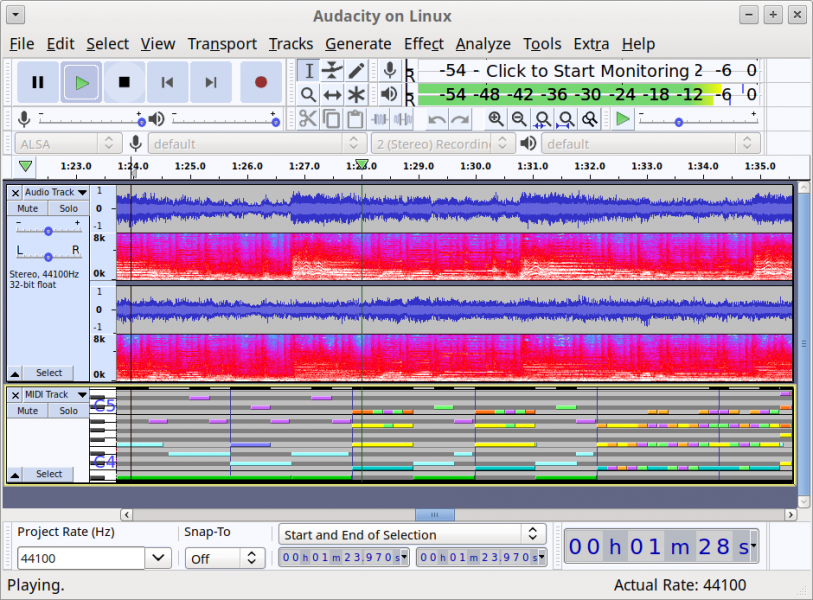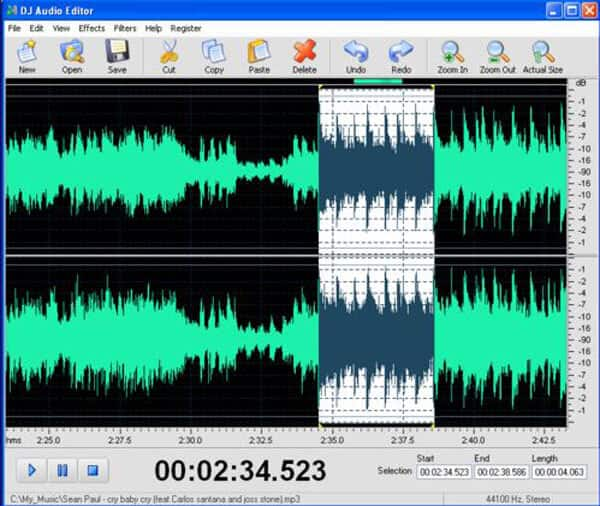
Edit the file name and be sure it ends in “.wav”. Choose “U-Law” Encoding (this sets 8-bit, and 8 kHz). To save a recording as a WAV file using Audacity 2.1.2: (This sets the file to 8-bit, and with the 8000 Hz project sample rate, this means you have a 64 kbps bit rate.) Please note there are two different libraries to get M4A/WMA and MP3 compatibility which will need manual setup. 
The export and import note suggest it is capable of M4A and WMA. Audacity is one GUI utility I use on occasions.
Set Project Rate (bottom left) to 8000 Hz. I use command-line programs to do allot of my conversions. If the file is stereo, click above Mute/Solo and choose Tracks > Stereo Track to Mono. To save a recording as a WAV file using Audacity 2.0.x: You can get support directly from Audacity or from online resources. The other conversion applications should handle that correctly.TPx does not provide technical support for Audacity. Alternative Download Links OldFoss hosts the current Audacity version and all previous versions from 2.1.2 onwards. Sometimes I get a “missing DLL” error with TAudioConverter but it’s not really missing and I can just click “OK” (or whatever it says) and I can continue.Īlso if you have embedded artwork Audacity won’t copy it to the new file. FFmpeg import/export library Allows Audacity to import and export many additional audio formats such as AC3, AMR (NB), M4A and WMA, and to import audio from video files. I have both of these installed and this how I convert files when I just want to convert without editing. 
You just drag-in the files you want to convert (almost any format) and once you’ve selected your desired output-format and location it’s one-click to convert. TAudioConverter or Kabuu Audio Converter can convert your files in batches.

You simply open the M4A and Export as MP3.īut I can’t help you with Macros/batch processing… I’ve never used it… All you have to do is download & run FFmpeg_v2.2.2_for_Audacity_on_Windows_64bit.exe and it should install and you’ll be ready to go. You do need the special Audacity version of FFmpeg and if you’re using the 64-bit version of Audacity you need the 64-bit version of FFmpeg. That’s usually easy but some people somehow get tripped-up. With Audacity you have to install the optional FFmpeg import/export library.







 0 kommentar(er)
0 kommentar(er)
